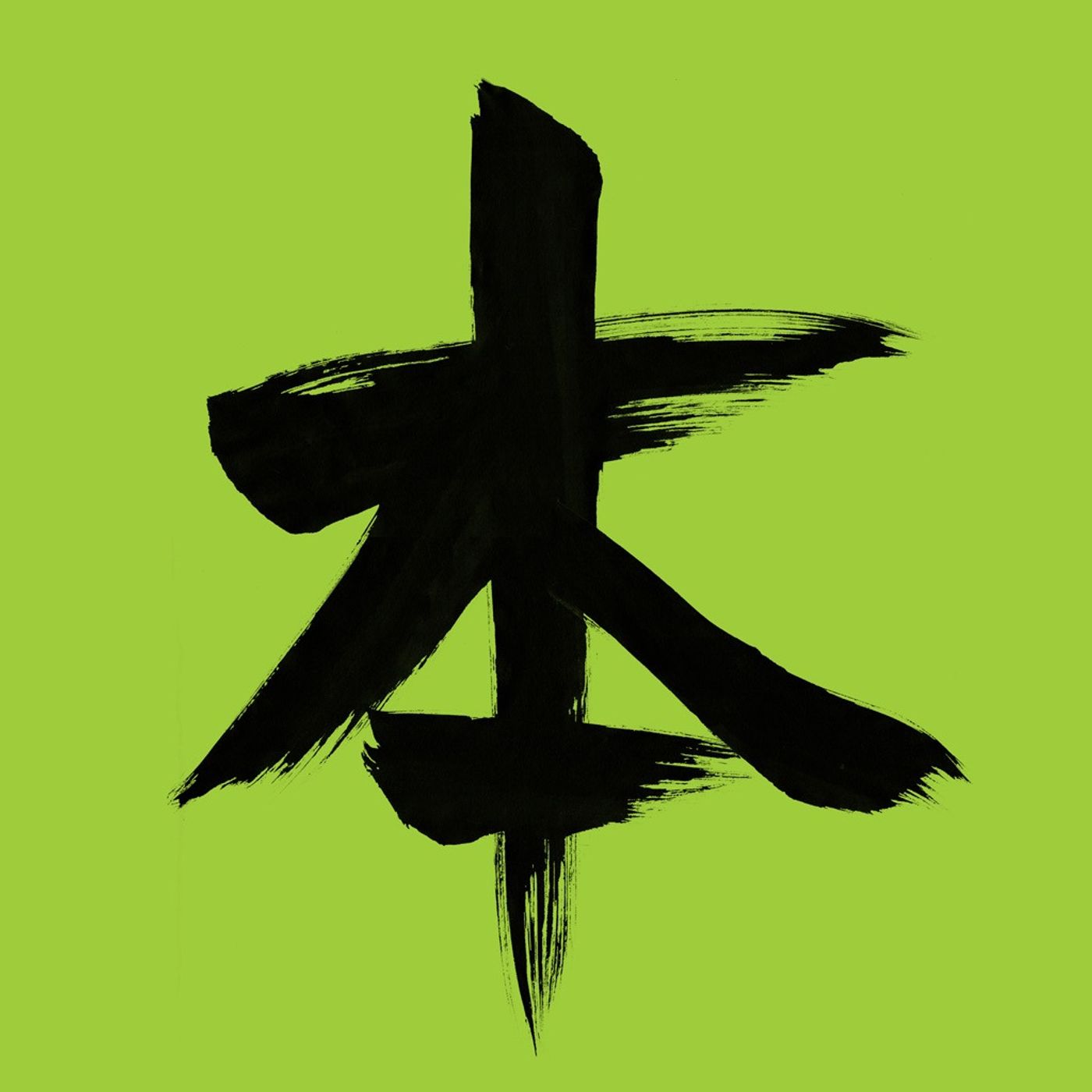
Partial Transcript“Welcome to the Books on Asia podcast, I’m your host, Amy Chavez, and today we have with us Alex Kerr who is going to talk with me about his newly published book Finding the Heart Sutra: Guided by a Magician, an Art Collector and Buddhist Sages from Tibet to Japan. (Allen Lane, Penguin U.K. Nov. 26, 2020)."Amy: Your book "Finding the Heart Sutra" is coming out this week, congratulations!Alex Kerr: This book is a result of 40 years of what's basically been an obsession with the subject. I did the calligraphy on the cover as well as the kanji throughout the book. Calligraphy is another obsession of mine since I was a boy of nine, and calligraphy is key to the Heart Sutra. Millions of people in Japan, China and other parts of Asia, chant the Heart Sutra, but you can also write it. Writing it, called shakyo— copying the Heart Sutra by hand—is the traditional way to gain merit. So calligraphy has been associated with the Heart Sutra from day one.Amy: What moved you to write a book about about the Heart Sutra?Kerr: The subject is the emptiness of life - the deepest subject that there is. Also, part of it is the fascination with the brevity of the sutra. It's really short. It's roughly 50 lines. You can recite the whole thing in a minute which means it's compressed, intense, kanji by kanji, line by line. Universes of Buddhist thought are compressed into mere phrases in the Heart Sutra. I call these jewel phrases. The more you learn about the sutra, the deeper you can go. There's a story in it as it moves from start to finish, and there's also this incredible depth. Many of the words have been discussed at length by commentators, but I found to my surprise others that hadn’t been talked about at all because they seemed obvious.Amy: Can you talk about how the Heart Sutra relates to Japanese culture?Kerr: The Heart Sutra has gone really deep into Japanese culture. Especially the famous lines "The material world is itself emptiness. Emptiness is itself the material world." All the Japanese know that phrase. When they hear it in kabuki, they get it immediately. You hear it quoted on television; it’s printed on fans, neckties, Evanescence, impermanence, that's maybe the biggest subject of Japanese literature. Those things arise from Buddhism in general, but you feel them most intensely in the Heart Sutra. Because it was so short, something everyone knew, it has infused literature, gardens, sculpture, all of those things have the Heart Sutra in them.MoreIf you'd like a primer on the author's mentor David Kidd, read Books on Asia's previous interview with Alex Kerr about mentors here.Other Books by Alex KerrLost JapanDogs and DemonsAnother Kyoto (w/Kathy Arlyn Sokol)(Upcoming) Japanese Pilgrimage (in Japanese)(Upcoming) Another Bangkok The Books on Asia Podcast is co-produced with Plum Rain Press. Amy Chavez is author of Amy's Guide to Best Behavior in Japan and The Widow, the Priest, and the Octopus Hunter: Discovering a Lost Way of Life on a Secluded Japanese Island. Check out theBooks on Asia website for book reviews and podcast episodes. Subscribe to the BOA podcast from your favorite podcast service.
No persons identified in this episode.
No transcription available yet
Help us prioritize this episode for transcription by upvoting it.
Popular episodes get transcribed faster